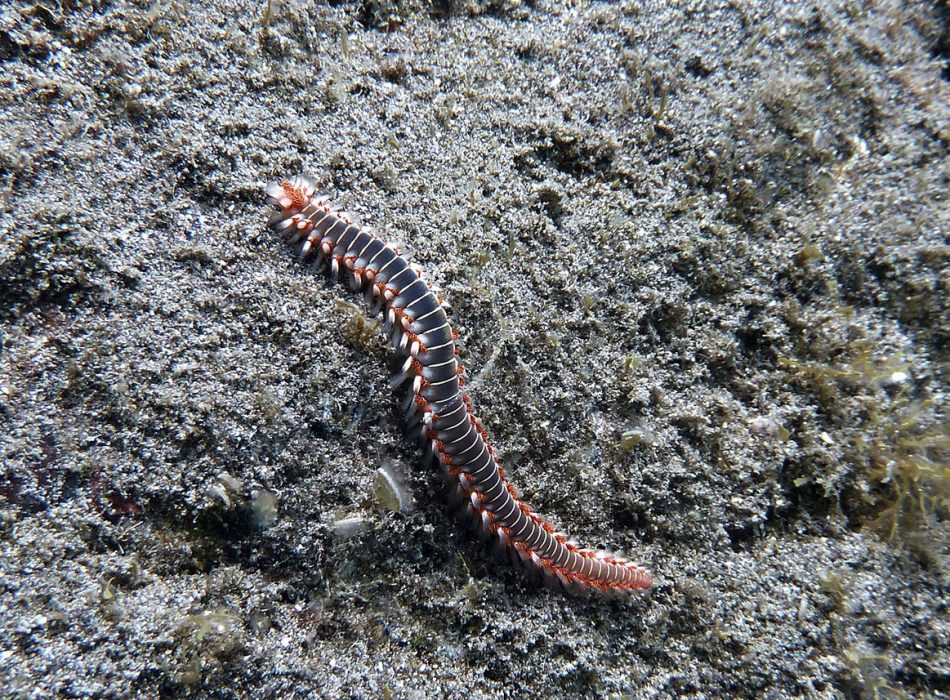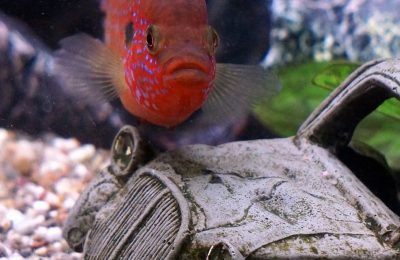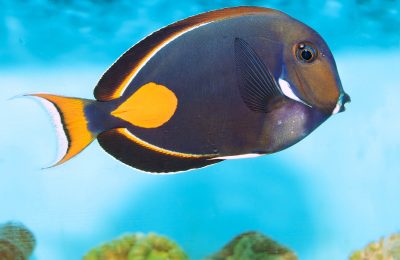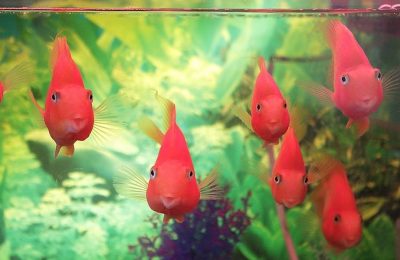or many people, the furniture and decoration of their tank can be almost as important as the fish that live in it. Live rock is one of the most popular tank decorations, providing a healthy balance of bacteria and natural life that will improve the quality of your fish’s environment. Some people also like to collect rocks from the sea or beach to put in their aquarium at home.
As long as the rock has been cleaned of any dangerous contaminants, and not likely to change the pH of your water by a significant amount – and of course, isn't from a protected area – this can be a nice, individual way to decorate your aquarium. Making sure you haven’t introduced anything less decorous than some new furniture can be tricky though, even with store-bought live rock. Us kind folks at CatDogFish are here to alert you of some potential trespassers.
Bacteria
Bacteria from unprepared rocks is a danger to most tanks. Although there are many health benefits from adding the right sort of bacteria to your tank, adding the wrong sort will leave it devoid of life in no time. Saltwater rocks can often be cleaned by simply leaving the rocks in fresh water for a while; however, some species of bacteria are harder to remove, and require boiling. Boiling is generally a last resort though, as it will also remove any beneficial life from the rock.

"Like a hundred tiny hands rubbing my back."
Chemicals
Pollutants such as oil, or even veins of ore or heavy metals within the rock itself can affect the chemical composition of your aquarium. You’ll be able to see a shimmer of metal or obvious stuff on the outside of the rock. Avoid using rocks with pollutants or metal in!
Crustaceans
Crabs, shrimps, and other small arthropods can be a danger to fish in a tank, as well as to plants, coral, and other pieces of tank furniture. They might be hiding in rocks; their eggs are also commonplace in the sea, and are often impossible to spot with the naked eye. Mantis shrimps and gorilla crabs can seemingly spring out of nowhere and rapidly depopulate your aquarium. These crustaceans can potentially be eaten by various tank inhabitants – but if you’re not careful with what you introduce, they might also prey on your pets; quarantining the rock itself will remove a lot of these invasives. If you find them fully grown, and can’t remove them physically, a good tip is to remove the rock from the tank, find where the pests nest, and pour carbonated water over it – the beast will soon abandon its lair.
Anemones
There are many species of anemone that can wreck havoc on an aquarium if left unchecked, as they reproduce quickly and can rapidly fill a tank. Chief among them is Aitapsia, the glass anemone – closely followed by Majano and lace anemone. These anemones often come attached to live rock, and are difficult to see, but once in a saltwater aquarium reproduce rapidly, and are capable of harming or even killing other fish or corals. You can get rid of anemones using liquids such as Red Sea Aiptasia X or introducing predators that will eat them, such as peppermint shrimp, butterfly fish, or file fish.

Fire Worms, the hottest worm.
Worms
There are all sorts of terrifying worms that can arrive unannounced: bristle worms, fire worms, ribbon worms, and of course the terrifying bobbit worm. They’ll need to be physically removed, and removed intact, as fragments of the worm can remain alive and multiply – generally at night under a red light, as they’re nocturnal animals.
These worms can pose a danger to the aquarist – many of them have stinging spines along their body, and larger worms will quickly eat their way through a whole tank of fish. Removal can be tricky – it’s best to seek expert help from your local fish shop before attempting it.







